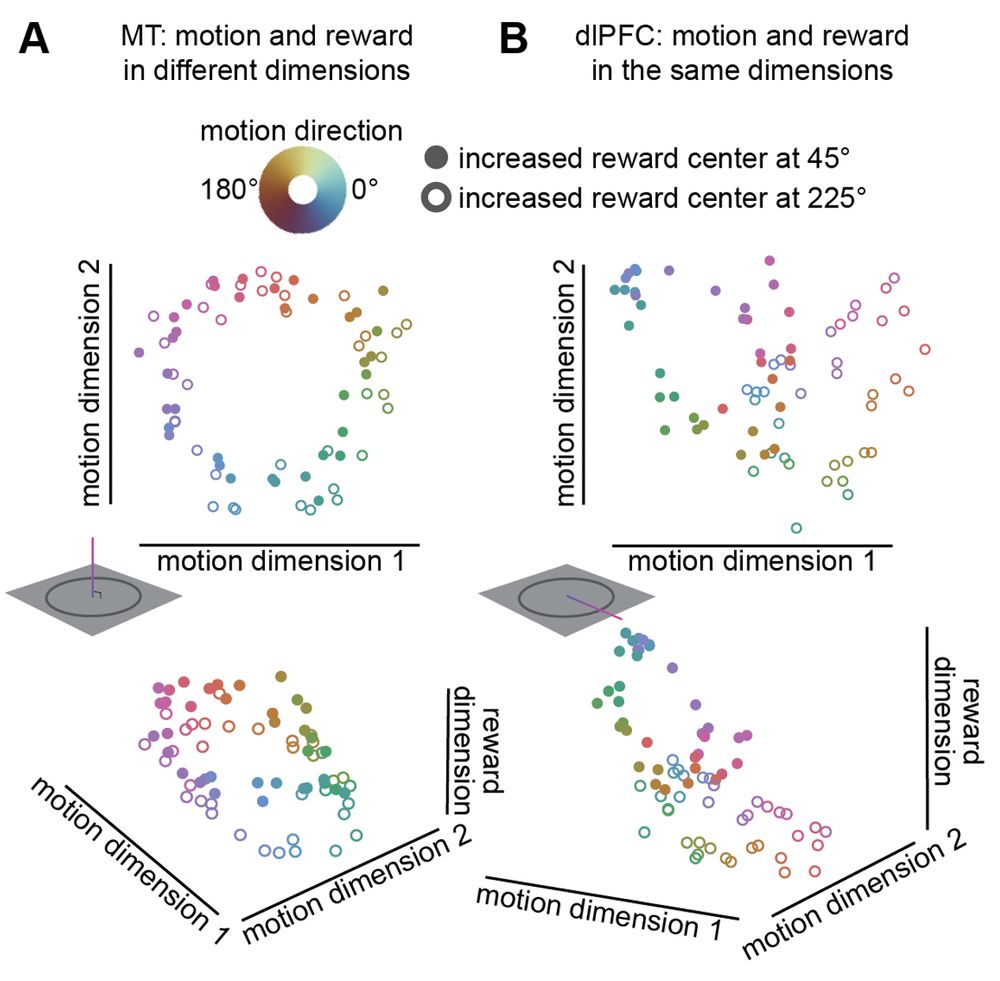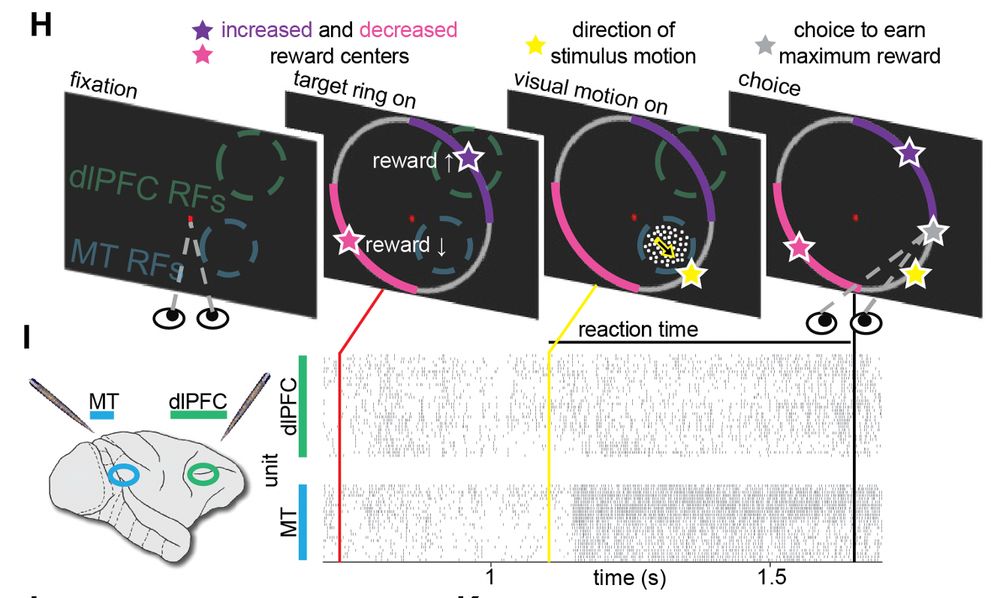


Keon and Doug Ruff asked how brains do that. 2/

Keon and Doug Ruff asked how brains do that. 2/




10/

10/
8/

8/
7/

7/
6/

6/
3/

3/
(illustrations from the awesome bioart.niaid.nih.gov)
2/

(illustrations from the awesome bioart.niaid.nih.gov)
2/

